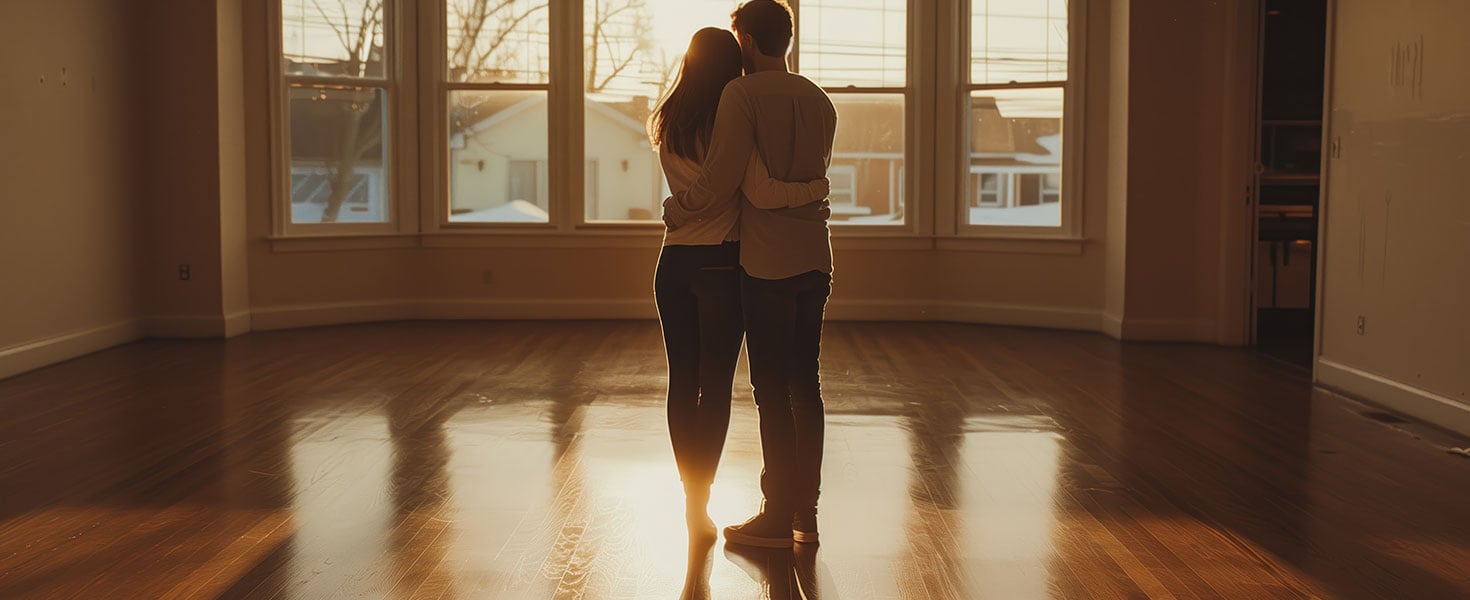Home Insurance 101: 4 Steps to Protecting Your Investment
Choosing the right coverage for your needs and budget


Buying your first home is an exciting milestone—but it comes with new responsibilities, like selecting the right home insurance coverage. Maria Drayton, senior insurance agent with AAA in Clifton Heights, Pennsylvania, shares strategies for protecting your first major investment with confidence.
Home insurance is required by most lenders, and the monthly premiums are typically included in your mortgage payment. There are two main parts of a home insurance policy.
- Structure coverage: Cost to rebuild or make repairs after a covered event.
- Liability coverage: This protects you against lawsuits for bodily injury or property damage that you cause. (Think: Your pet bites a visitor or a neglected tree falls from your property onto a neighbor’s vehicle.)
“When you purchase a home, the seller should provide details about its age, size and condition of major systems,” says Drayton. “We use that information to quote your insurance options.”

Step 1: Choose a policy.
Standard policies cover the structure, your personal property, liability, loss of use and medical payments to others. But some situations call for extra protection. These include the following.
- Valuables such as expensive jewelry and electronics may require a separate “Scheduled Personal Property” endorsement.
- High-risk locations like floodplains need separate flood insurance.
- Lifestyle features such as pools and even certain dog breeds considered high risk may require an excess liability or umbrella policy.
“Other endorsements such as buried utility lines, water backup and equipment breakdown are examples of instances that can broaden coverage on a homeowner’s policy,” says Drayton.

Step 2: Gather intel.
Ask your real estate and insurance agents about other factors that can affect premiums, such as:
- Claims history: Multiple past claims may indicate higher risk.
- Weather zone: Floodplains and hurricane-prone areas are two examples.
- Aging systems: Older HVAC and plumbing, for example, can raise premiums.
- Safety features: “Many insurers provide discounts for fire protection, theft detection, updated systems and newer roofs in particular,” says Drayton.

Step 3: Budget wisely.
“Once you know your lender’s coverage requirements, reach out to AAA for a personalized quote,” Drayton says.
Step 4: Explore savings.
Here are simple ways to save on insurance without sacrificing coverage:
Increase your deductible within the typical $1,000–$2,500 range to lower premiums.
Enhance security with smoke detectors, alarms and deadbolts.
Improve your credit score, which insurers use to calculate monthly premiums.
Ask about discounts for bundling, paperless billing and even AAA membership.
